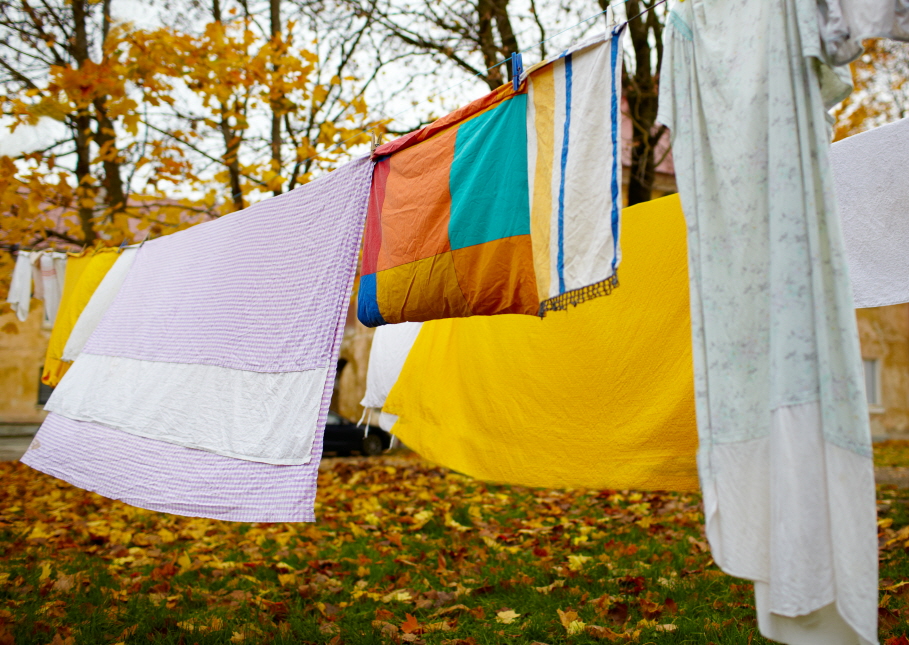If you’ve ever experienced coughing, sneezing, itchy eyes, a runny nose, a scratchy throat, rashes, hives, low blood pressure, breathing trouble or an asthma attack, allergies could be to blame. So is there a way to minimize home allergies? Absolutely but let’s first take a look at the magnitude of the problem.
- According to the Allergy and Asthma Foundation of America (AAFA), over fifty million Americans suffer from allergies today, including 30 percent of adults and 40 percent of children.
- Allergies are among the country’s most common, yet often overlooked, diseases. Since there is no cure for allergies, prevention is key.
10 tips to minimize home allergies
While many people only concern themselves with certain times of the year, for others, “allergy season” is a year-round, dismal reality since allergens can be found indoors and outdoors. Reducing allergens in your home is a great first step towards prevention and optimal health. Your home should be a safe haven where you rest, rejuvenate and recuperate from daily stress and toxic exposures – but what you can’t see – can hurt you. Your home may, in fact, be harboring a broad range of allergy triggers.
From insects and furry companions to toxic, synthetic fragrances in cleaners, air fresheners and candles, it may be difficult to identify the exact source in the home causing your unwanted allergy symptoms. Why not prevent allergens from entering the home in the first place rather than treating or masking allergy symptoms? Awareness and simple action steps can result in profound changes for both your home and your health.
Here are 10 tips to minimize home allergies:
1.) Reduce clutter
Go on a paper cleanse and say sayonara to unwanted piles of papers, books and magazines lurking in your bedroom, under your bed or in your home office. Keep only what you need, and recycle the rest. The same applies to cluttered shelves, cabinets and closets, which can be breeding grounds for insects, mold, rodents and their droppings. You’re home will not only look better, you’ll feel better, too.
2.) Change the filters
Since biological contaminants like dust and dirt permeating your home’s air can’t be always be seen, it’s often overlooked. Be sure you are changing the furnace filter for your HVAC (heating and cooling) system every season; or every three months per the EPA’s recommendation. A high performance filter will capture over 95 percent of large airborne allergens such as mold spores, pollen, and dust mite debris from the air passing through it. Not only do these filters help maintain better airflow to reach your desired temperature, but will also reduce energy use resulting in savings on your bill.
3.) Wash linens naturally

Are you washing your bed linens in HOT water every two weeks (or more)? If not, your beloved bed is likely home to millions of dust mites – ewww! Be sure to wash your sheets and pillowcases in at least 140 degrees (Fahrenheit) to kill those nasty dust mites. You should also be seasonally washing your curtains, comforter, area rugs and duvets. Be sure to use a nontoxic detergent free of synthetic fragrance, petroleum based solvents and optical brighteners. I also recommend vacuuming the top of your mattress with a HEPA, airtight vacuum hose or handheld device. Also, let the sunlight hit your mattress and open the windows when changing your bedding. The sunlight will kill bacteria and absorb the moisture that creates a perfect breeding ground for dust mites.
4.) Bring the fresh air in

Open the windows during non-allergy season to let your home breathe and allow for better circulation and removal of built up toxins, dust and debris. During allergy season, this isn’t always an option. Instead, place low-pollen plants such as Peace Lilies or Swedish Ivy, throughout the home and out of pets reach. In addition to removing CO2 and creating oxygen, these plants have been shown in studies by NASA to remove several toxic chemicals from the indoor air. Plants can gather dust, so it’s important to clean them regularly.
Also, be sure to keep moisture at bay by using exhaust fans after showering and when cooking to vent out particulates. Keep wet towels off the floor and fully dry them to avoid mold and mildew build up. I recommend a mildew resistant shower curtain such those made from hemp. If you live in a high moisture area, consider implementing a dehumidifier to keep humidity levels below 50 percent.
5.) Snuggle with a mate, not a mite
Since your skin is your largest organ, you want to make sure what you’r sleeping on will prevent unwanted dust mites. In addition to throwing your pillow in the dryer on high heat to kill dust mites (or washing, depending on the material of your pillow), you should definitely use an organic cotton pillow and mattress barrier cover if you have an allergy to dust mites. Avoid plastic barrier covers as these can off-gas dangerous VOC’s (volatile organic compounds) into the air.
6.) Clean greener
In addition to wet mopping and damp dusting to capture accumulated dust, avoid cleaning products that can agitate allergy symptoms. Instead, make your own from ingredients in your kitchen cabinets. A mixture of baking soda and natural dish soap makes a great tub, tile and toilet cleaner; while two parts water to one part white distilled vinegar can be used for streak-free windows and glass surfaces.
7.) Use an air purifier
If you don’t have a whole house air filtration system, then implementing a stand alone room air purifier is a must! A good unit will not only remove airborne allergens, but will also capture dangerous VOC’s, gases and odors from the air your breathe. Place this in your bedroom for optimal effectiveness.
Dyson Pure Cool Link that detects and removes harmful pollutants and allergens in the air down to 0.3 microns. It’s an effective and convenient solution to reduce air pollutants and allergens as they emerge.
8.) Choose allergen friendly fabrics
Allergens could be permeating your bedding and wreaking havoc on your health. Some materials and fabrics are prone to harbor allergens, moisture, bacteria and dust mites. Down, for example, is one such material that should be avoided. It’s highly allergenic and the treatment to animals to create down is downright inhumane. Opt instead for wool which naturally wicks away moisture and acts as a natural flame retardant as well as natural (not synthetic) latex which is inherently dust mite resistant.
9.) Bare it on the floor
While it is warm and cozy underfoot, carpet can harbor all kinds of nasty things. Millions of microorganisms and over 120 nasty chemicals can be found in carpet backing, adhesives and the fibers themselves, as well as stain and water resistant treatments that have been applied to the carpet. Wall to wall carpeting is a no-no, especially in the bedroom and wet areas such as laundry and bathrooms. Choose hard surfaced flooring instead such as cork, FSC-certified hardwood flooring, concrete or ceramic tile. If you’re on a budget, look for linoleum or Marmoleum which is made from linseed oil (not vinyl flooring made from PVC which should be avoided at all costs). Carpet, in particular, harbors allergens and should be cleaned thoroughly with a HEPA vacuum and non-toxic cleaner.
10.) Make it a furry-free zone
We all love our animal companions, and many like them soo much they share the same bed. This can create allergic reactions from pet hair to pet dander. Establish rules from the beginning so your pet sleeps in his or her own (organic) bed. Also, you should shampoo and groom your pet with a nontoxic formula to protect their health (and yours).
Credit to Lisa Beres

